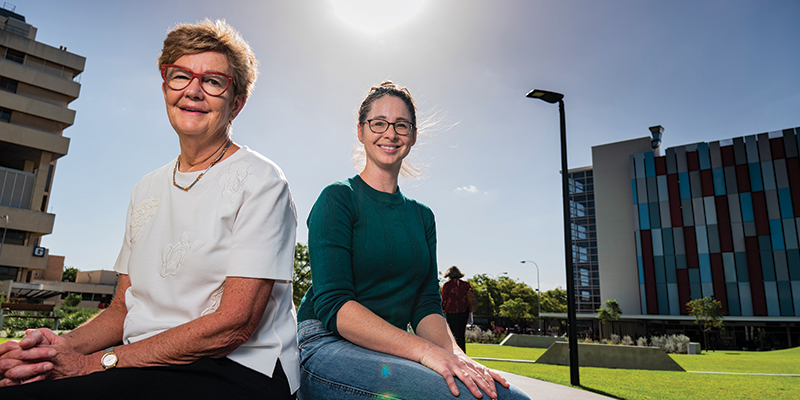Search

News & Events
Let the sun shine inFor decades Aussies have been told to minimise sun exposure to prevent skin cancer - now researchers at Telethon Kids are challenging that message.
News & Events
Research symposium to hear how sunscreens proved no threat to vitamin D production in recent European studyLeading international and national experts will gather at The Kids Research Institute Australia on Friday for a D-Light Research Symposium.

News & Events
Vitamin D linked to healthy Fetal developmentThe important role of vitamin D in early development is the focus of research that has uncovered links between vitamin D levels and healthy growth of the baby d
Research
Associations between sun exposure, skin pH, and epidermal permeability in pregnancy: A longitudinal observational studyLittle is known about how sun exposure may affect the maternal skin barrier during pregnancy when many hormonal and physiological changes occur. In this longitudinal observational study, 50 pregnant women were recruited at 18-24 weeks' gestation, 25 in summer-autumn, and 25 in winter-spring. At three time points in pregnancy at 18-24, 28-30, and 36-38 weeks' gestation, participants completed a validated sun exposure questionnaire and had skin permeability and surface pH measured on the volar forearm.
Research
Demographic and clinical predictors of vitamin D status in pregnant women tested for deficiency in Western AustraliaThis study aimed to describe the vitamin D status of pregnant women in Western Australia and identify predictors of deficiency in pregnancy. A cross-sectional study was conducted using linked data from statewide administrative data collections.
Research
Are low sun exposure and/or Vitamin D risk factors for type 1 diabetesEvidence supports that higher sun exposure and/or vitamin D sufficiency in pregnancy, or supplementation in early life, decreases type 1 diabetes risk
Research
High Vitamin D-Binding Protein Concentration, Low Albumin, and Mode of Remission Predict Relapse in Crohn's DiseaseAssociations between Vitamin D-binding protein, serum Vitamin D, and the calculated free Vitamin D concentrations with the risk of Crohn's disease flare
Research
Variation in incidence of pediatric Crohn's disease in relation to latitude and ambient ultraviolet radiation: A systematic review and analysis.In previous studies, CD incidence increased with higher geographic latitude in the Northern Hemisphere.
Research
The effects of in utero vitamin D deficiency on airway smooth muscle mass and lung functionIn this study, we aimed to uncover the molecular mechanisms contributing to altered lung structure and function.
Research
Weekend personal ultraviolet radiation exposure in four cities in Australia: Influence of temperature, humidity and ambient ultraviolet radiationThe effects of meteorological factors on weekend sun exposure behaviours and personal received dose of ultraviolet radiation (UVR) in Australian adults.
